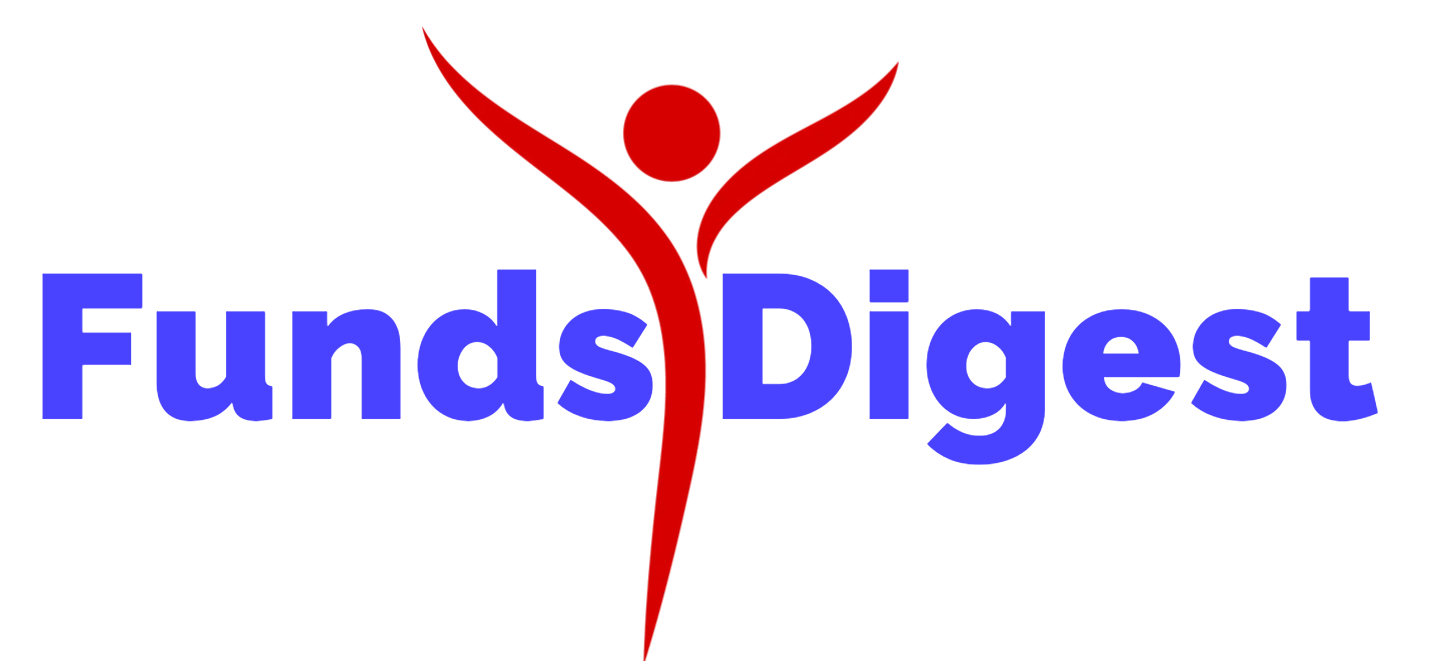When people say “it takes a village,” they could just as easily be talking about paying for college in the United States. The idea of covering tuition with savings from an after-school job is long gone.
Today, most students rely on a combination of financial aid, loans, scholarships, work earnings and family contributions to fund their education.
In California, nearly 340,000 high school seniors from the class of 2025 completed a financial aid application, according to the California Student Aid Commission, an increase of 11% from the previous year.
A 2021 state law requires schools and districts to strongly encourage high school seniors to apply for state or federal financial aid, as reported by EdSource, although students can also opt out
Financial aid is essential for many students to make college affordable.
The average in-state cost of tuition and fees at a public college in 2025-26 was $11,371, according to U.S. News, compared to $25,415 for out-of-state students. Both were below the average $44,961 for a private university.
While there is a growing trend among elite universities to provide free tuition to income-eligible students, the average yearly tuition at one of the nation’s top 10 schools, including Stanford in California, is still a shock, ranging from $59,000 to $71,000 per year, according to Visual Capitalist, which cited data from U.S. News and the College Board.
Despite the sticker shock—61% of students in a U.S. News survey said college costs were higher than expected—earning a degree remains a key factor in increasing lifetime earnings.
According to the U.S. Bureau of Labor Statistics, during the second quarter of 2025, high school graduates earned an average of $960 per week, while those with at least a bachelor’s degree earned $1,732.
While there are many factors that go into a college education’s final cost, and individual institutions (especially private universities) have leeway in how much they pass onto the student, the entire process begins with applying for financial aid.
This means filling out a FAFSA (Free Application for Federal Student Aid), and for undocumented or Dreamer students in California, the CADAA (California Dream Act Application).
In recent years, the FAFSA process has become more streamlined, yet there is still a learning curve.
However, there are resources for students and their families when approaching financial aid.
The California Student Aid Commission has a website that walks applicants through the FAFSA and CADAA process, and offers virtual and in-person Cash for College workshops.
To understand a bit more about this year’s financial aid process, the Salinas Californian contacted Cal State University Monterey Bay and its financial aid office.
At CSUMB, a total of 6,878 students—undergraduate, graduate and credential, received financial aid for the 2025-26 school year, receiving an average award of $16,112, including scholarships, grants and loan funds.
Director of Financial Aid Angeles Fuentes, took time during the busy fall season at the university to answer the following questions.
Answers have been edited for brevity.
Q: FAFSA (Free Application for Federal Student Aid) for the 2026-2027 school year was released earlier in October. Who should use the FAFSA?
A: All eligible US Citizens and non-US Citizen (students) should apply for the 2026-2027 FAFSA. By applying, students can take advantage of the resources available to them, such as the Pell Grant, Supplemental Educational Opportunity Grant and federal loans.
Q: What are important FAFSA deadlines?
A: The California priority deadline is March 2, 2026. This deadline is crucial as it determines eligibility for the Middle Class Scholarship, Cal Grant, and State University Grant. Missing this deadline means missing out on these opportunities.
Q: Are there any changes or things to look out for in this year’s FAFSA application?
A: FAFSA has made it easier this year to include parents in students’ applications. Students should ensure their parents’ email addresses are accurate, but the process is now more straightforward.
Q: Is the FAFSA online?
A: Yes, the preferred method is online for the FAFSA and CADAA (California Dream Act Application). To apply, students and parents will need to create an FSA ID, gather required documents such as tax returns and W-2 forms, and complete the application. The paper application is still available for those without access to a computer.
Q: If you are a student in a mixed-status household, should you use the FAFSA?
A: Yes, mixed-status families should fill out the FAFSA. By completing the FAFSA, the student will maximize their financial aid eligibility.
Q: What are student aid options for undocumented or Dreamer students?
A: Students can fill out the California Dream Act Application (CADAA). The CADAA is specifically for undocumented students who meet specific criteria, including attending a California high school for at least three years and graduating from a California high school or community college. If eligible, students could receive a Cal Grant, Middle Class Scholarship, or State University Grant.
Q: What is the deadline for submitting the CADAA?
A: March 2, 2026, which is the same as the FAFSA.
Q: What other state funding is available to California students?
A: The California Student Aid Commission awards Cal Grants and the Middle Class Scholarship to California residents. The CSU (California State University) system awards the State University Grant. The Cal Grant and State University Grant are to assist students with paying their tuition. The Middle Class Scholarship is awarded to help students cover additional educational costs.
Q: Has the federal government shutdown impacted FAFSA?
A: As of today, the federal government shutdown has not affected FAFSA or the process for applying for student financial aid. CSUMB is actively participating in outreach events to assist and encourage students to apply for the FAFSA.
Q: What can students and families do if they have financial aid questions?
A: Students and supporters can contact our office at 831-582-4074, schedule a one-on-one appointment via Calendly, email us at financialaid@csumb.edu, or come in person to the Financial Aid Office, building 47 (Student Services), third floor, Monday-Friday from 9 a.m. to 4 p.m.

Recent Comments